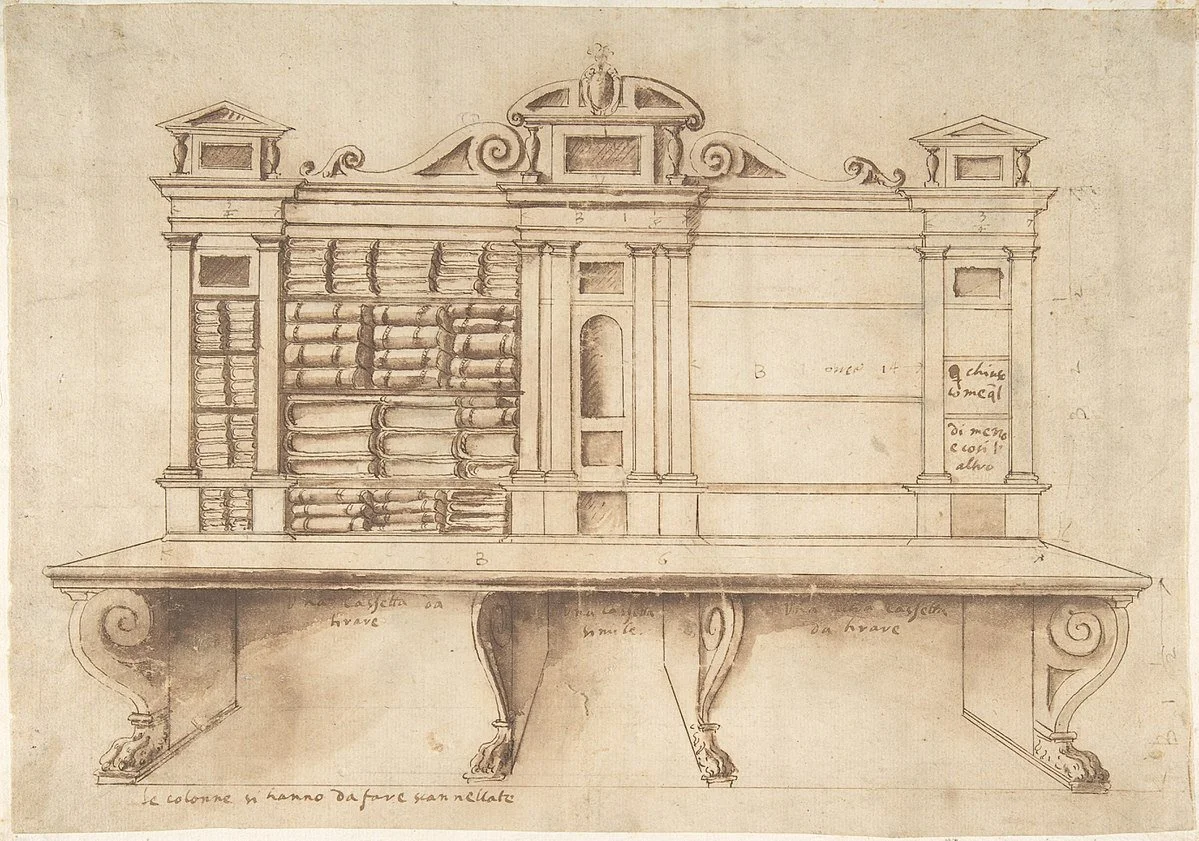Britain in the 1840s and ‘50s witnessed the publication of a proliferation of instruction manuals on field collecting, targeted at those travelling in a range of capacities. Collecting institutions and government departments adopted this medium to direct the traveller in a manner that would best serve them in the acquisition of their respective desiderata, be that specimens, artefacts, or observations and recordings of natural phenomena.
It was in this context that the British Admiralty published A Manual of Scientific Enquiry: Prepared for the Use of Officers in Her Majesty’s Navy; and Travellers in General in 1849. Edited by astronomer and polymath John Herschel, the Manual contained chapters on what were considered the major sciences of the day, each written by a leading authority in their field. The chapter on botany was written by William Jackson Hooker, director of the Royal Botanic Gardens at Kew, which had not long previously passed from royal to state ownership.
This paper will examine Hooker’s chapter in detail, teasing out the significance of his stipulations for herbarium and museum specimens. It will consider these within two overlapping contexts: the Baconian empiricist thought which strongly influenced scientific practice in the first half of the 19th century; and the emergent institutionalisation of science in colonial metropoles. In doing so it will address the question: what were the affordances and limitations of instructions written by metropolitan scientists in the mid-19th century?
To register for the Zoom link, please email instructingnaturalhistory@uu.se
Image credit: Wikimedia Commons

